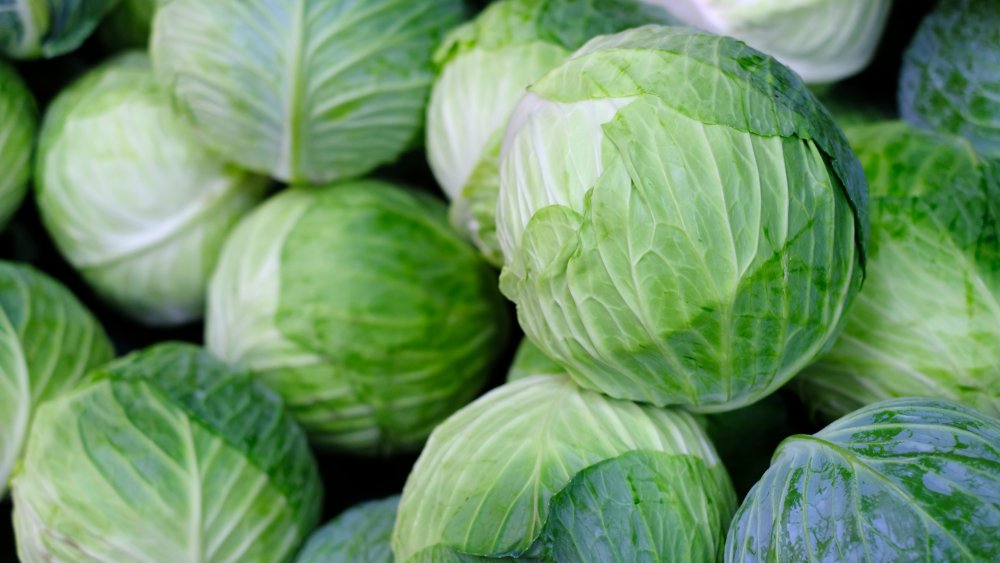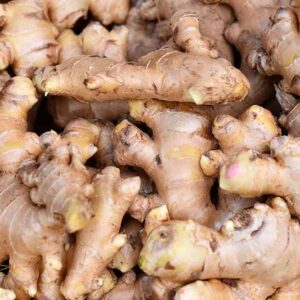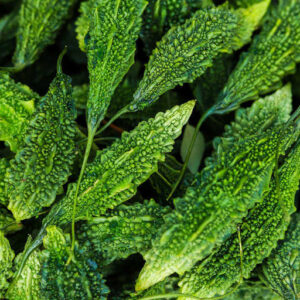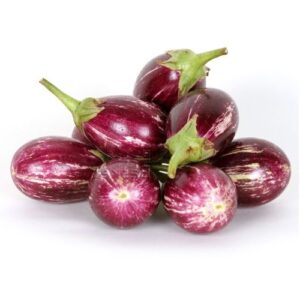Cabbage
Despite its impressive nutrient content, cabbage is often overlooked.
While it may look a lot like lettuce, it actually belongs to the Brassica genus of vegetables, which includes broccoli, cauliflower and kale (1).
It comes in a variety of shapes and colors, including red, purple, white and green, and its leaves can be either crinkled or smooth.
This vegetable has been grown around the world for thousands of years and can be found in a variety of dishes, including sauerkraut, kimchi and coleslaw.
Additionally, cabbage is loaded with vitamins and minerals.
Description
Cabbage is a low-calorie vegetable that is rich in vitamins, minerals and antioxidants.
Cabbage contains powerful antioxidants that may help reduce inflammation.
Your body needs vitamin C for many important functions, and it is a potent antioxidant. Red cabbage is particularly high in this nutrient, providing about 85% of the RDI per cup (89 grams).
Cabbage contains insoluble fiber, which keeps the digestive system healthy by providing fuel for friendly bacteria and promoting regular bowel movements.
Cabbage contains powerful pigments called anthocyanins, which have been shown to reduce the risk of heart disease.
Potassium helps keep blood pressure within a healthy range. Increasing your intake of potassium-rich foods like cabbage may help lower high blood pressure levels.
Cabbage is a good source of soluble fiber and plant sterols. These substances have been shown to reduce LDL cholesterol.







Reviews
There are no reviews yet.